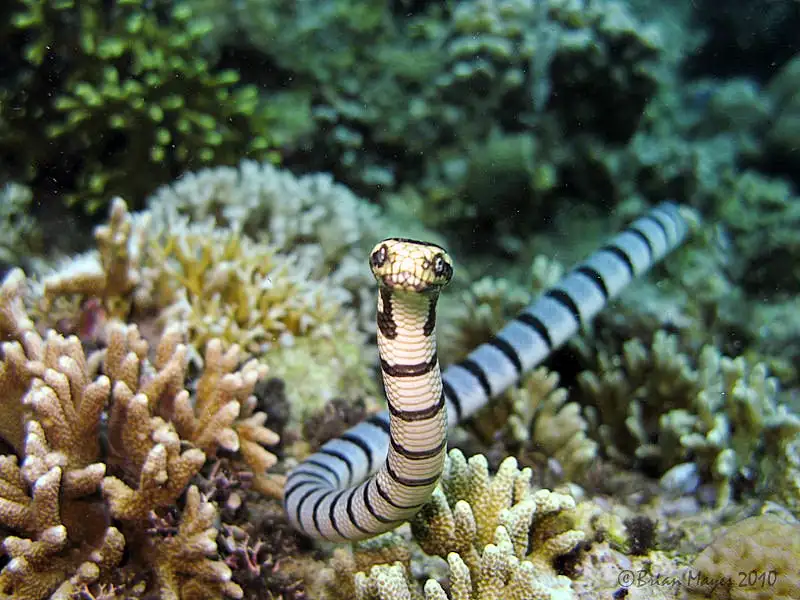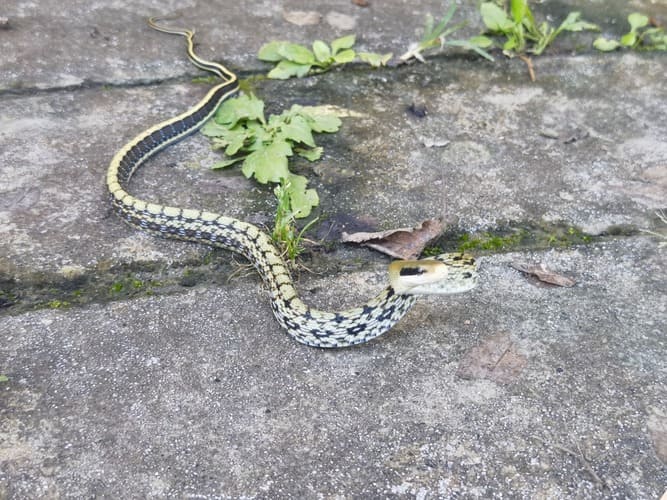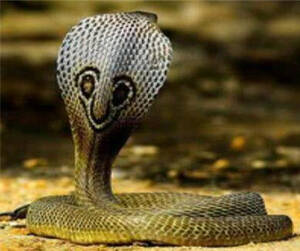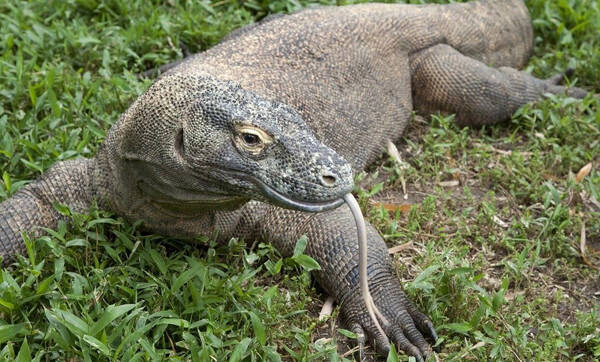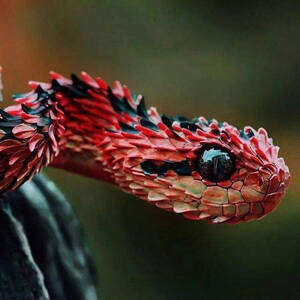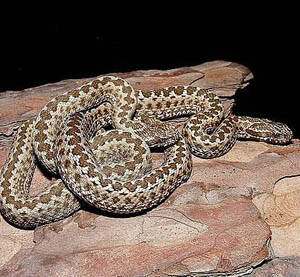Ptyas carinatus
IUCN
LCBasic Information
Scientific classification
- name:Ptyas carinatus
- Scientific Name:Ptyas carinatus,Green black snake, dragon bone rat snake, black web black snake
- Outline:Squamata
- Family:Colubridae G.Colubridae
Vital signs
- length:Up to 2.5 meters
- Weight:Up to 2.5kg
- lifetime:10-20years
Feature
The subspecies is mainly green in color, very beautiful, a large non-venomous snake
Distribution and Habitat
Mainly distributed in Myanmar, Thailand, Malay Peninsula, Indonesia (Sumatra, Java, Borneo), China.
In China, it is only distributed in Yunnan.
Appearance
The black-netted snake is disc-shaped, with a diameter of about 16cm. The surface is dark brown or green-black, densely covered with diamond-shaped scales. The dorsal scales are in pairs, and the 2-4 rows of scales in the middle of the back are strongly ridged, forming two black nets running vertically across the body. The head is in the middle, flat and round, and most of the eyes are large and not sunken but shiny; there is one cheek scale, one smaller scale under the eyes, and two scales behind the eyes. The spine is high and looks like a roof ridge. When the abdomen is cut open, the edges curl inward, the spine muscles are thick, yellow-white and light brown, and neatly arranged ribs can be seen. The tail gradually becomes thinner and longer. When skinned, only the skin of the head and tail is left, and the middle section is smoother. It has a fishy smell and a light taste.
Details
The black-netted snake is called Ptyas carinatus in foreign language. It is the largest type of snake.
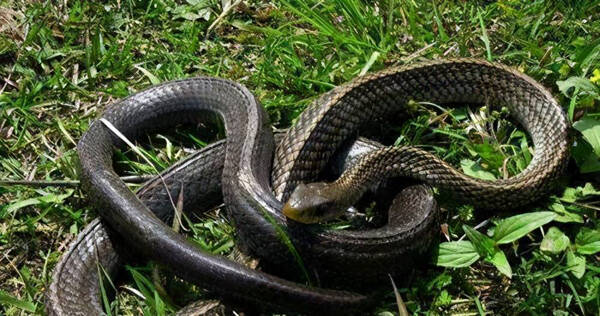
The black-netted snake is timid by nature, extremely agile, good at climbing, and loves to move, but has little ability to entangle, and is mostly active during the day.
The main food of the black-netted snake is frogs, supplemented by small fish, loaches, and yellow eels. Because the market price of yellow eels is sometimes slightly higher, they are rarely fed during large-scale breeding. The black-netted snake is timid by nature, extremely agile, good at climbing, and active, but has little ability to entangle, and is mostly active during the day. After not feeding for a long time, you will find that the black-netted snake has the habit of chasing and preying, mainly preying on live food. Oviparous.
Listed in the "List of Terrestrial Wildlife with Important Economic and Scientific Research Value under State Protection" issued by the State Forestry Administration of China on August 1, 2000.
Listed in the 2013 IUCN Red List of Threatened Species ver3.1—Near Threatened (NT).
Listed in the China Biodiversity Red List—Vertebrate Volume, with an assessment level of Vulnerable (VU).
Listed in the second level of the China National Key Protected Wildlife List.
Protect wildlife and eliminate game.
Maintaining ecological balance is everyone's responsibility!

